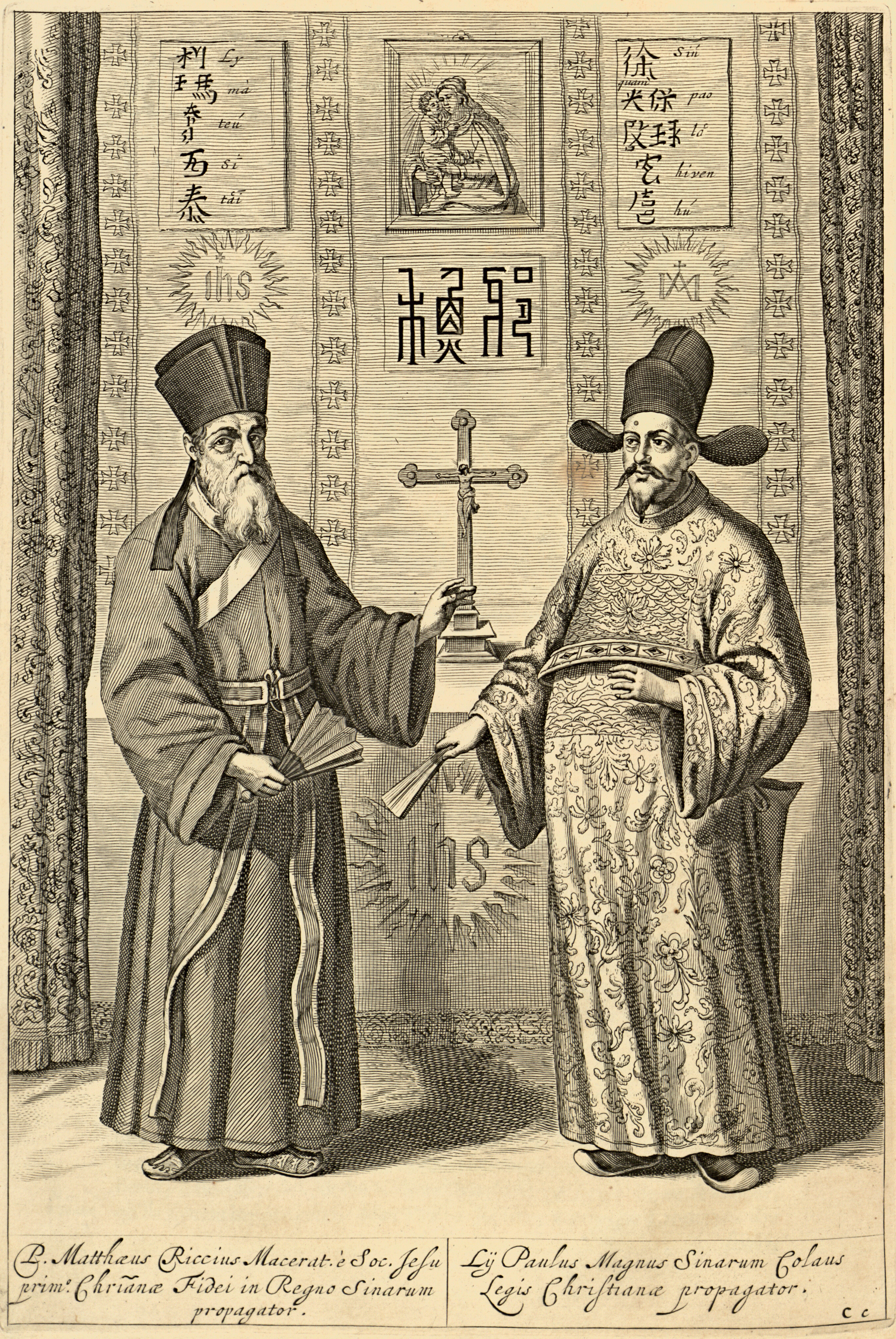Week 5: Travel and Religious Exchange
This week we focus on the theme of religious difference and the various ways it was experienced and mediated by a North African Muslim in Portuguese service, an Italian Jesuit in China, a Chinese Christian convert, and an Ottoman traveller in Central Europe. What do the stories of these four men and the societies in which they operated tell us about early modern attitudes to religious plurality, the way individuals and communities handled such differences, and the predicament of "people in between"? To develop your skills in using primary sources, this week each student will prepare a 1,000-word source analysis which we will discuss in class. LINK
Required Readings
Sanjay Subrahmanyam, Three Ways to be Alien: Travails and Encounters in the Early Modern World (Waltham, MA: Brandeis University Press, 2011), 'Introduction: Three (and More) Ways to be Alien', pp. 1-22, and 'By Way of Conclusion', pp. 173-178. Link.
Dominic Sachsenmaier, Global Entanglements of a Man who Never Travelled: A Seventeenth-Century Chinese Christian and his Conflicted Worlds (New York: Columbia University Press, 2018), 'Introduction: Situating Zhu Zongyuan', pp. 1-21, and 'Epilogue', pp. 153-168. Link.
Primary Source Texts (select one)
R. Po-Chia Hsia, Matteo Ricci and the Catholic Mission to China, 1583-1610: A Short History with Documents (Indianapolis: Hackett Publishing, 2016), pp. 55-56 (Document 7); 61-63 (Document 10); 65-68 (Document 11); 71-76 (Document 13); 89 (Document 18). Link.
Evliya Çelebi, Robert Dankoff and Sooyong Kim (eds.), An Ottoman Traveller: Selections from the Book of Travels of Evliya Çelebi (London: Eland Publishing, 2010), pp. 230-249 (printed edition) OR pp. 224-240 (e-book). Link.
Seminar Questions
- Who was Sidi Yayhya-u-Ta’fuft and what does his case teach us about the predicament of go-betweens?
- How does Subrahmanyam’s view of the go-between-as-trickster figure relate to other individuals we have discussed?
- How important was mobility for living a globally-connected existence?
- What kind of go-between was Zhu Zongyuan and how was his mediation similar to or different from that of missionaries such as Matteo Ricci?
- How does Evliya Çelebi represent Christian Europe, and how does he position himself in relation to it?
Further Reading
Alam, Muzaffar, and Sanjay Subrahmanyam, Indo-Persian Travels in the Age of Discoveries 1400-1800 (Cambridge: Cambridge University Press, 2007).
Casale, Giancarlo, The Ottoman Age of Exploration (Oxford: Oxford University Press, 2010).
Faroqhi, Suraiya, Pilgrims and Sultans: The Hajj under the Ottomans, 1517-1683 (London: 1994; 2nd ed. New York: 2014).
Faroqhi, Suraiya, Travel and Artisans in the Ottoman Empire: Employment and Mobility in the Early Modern Era (London: I.B. Tauris, 2014).
Furtado, Júnia Ferreira, ‘Return as a Religious Mission: The Voyage to Dahomey Made by the Brazilian Mulatto Catholic Priests Cipriano Pires Sardinha and Vicente Ferreira Pires (1796-98), in: Stephanie Kirk and Sarah Rivett (eds.), Religious Transformations in the Early Modern Americas (Philadelphia: University of Pennsylvania Press, 2014), pp. 180-204.
Gordon, Stewart, When Asia was the World: Traveling Merchants, Scholars, Warriors, and Monks who Created the “Riches of the East” (Philadelphia, PA: DaCapo Press, 2008), Ch. 7: ‘Treasure and Treaty: Ma Huan, 1413-1431 CE’, pp. 117-135. Link.
Hsia, R. Po-chia, A Jesuit in the Forbidden City: Matteo Ricci 1552-1610 (Oxford: Oxford University Press, 2010).
Khair, Tabish, Martin Leer, Justin D. Edwards and Hanna Ziadeh (eds.), Other Routes: 1500 Years of African and Asian Travel Writing (Oxford: Signal Books, 2006).
Landry, Donna, 'Evliya Çelebi, Explorer on Horseback: Knowledge-Gathering by a Seventeenth-Century Ottoman', in: Adriana Craciun and Mary Terrall (eds.), Curious Encounters: Voyaging, Collecting, and Making Knowledge in the Long Eighteenth Century (Toronto: University of Toronto Press, 2019), 43-70.
Laven, Mary, Mission to China: Matteo Ricci and the Jesuit Encounter with the East (London: Faber and Faber, 2011).
Narain, Mona, ‘Eighteenth-Century Indians’ Travel Narratives and Cross-Cultural Encounters with the West’, Literature Compass 9.2 (2012): 151-165.
Raj, Kapil, Relocating Modern Science: Circulation and the Construction of Knowledge in South Asia and Europe, 1650-1900 (New York: Palgrave, 2007).
Subrahmanyam, Sanjay, Courtly Encounters: Translating Courtliness and Violence in Early Modern Eurasia (Cambridge MA: Harvard University Press, 2012).
Travers, Robert, ‘The Connected Worlds of Haji Mustapha (c. 1730-91): A Eurasian Cosmopolitan in Eighteenth-Century Bengal’, The Indian Economic and Social History Review 52.3 (2015): 297-333.

